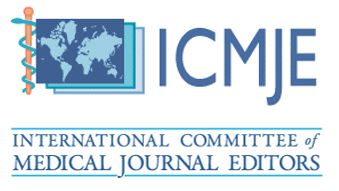Surgical Maxillary Disjunction in Adult Patient: Results after 12 Months of Clinical-Radiographic Follow-up
Nayra Cristina Mendes de Sousa1, Silvio Luis Fonseca Rodrigues2, Danilo Lourenço2,3, Mário Cappellette Junior4 and Irineu Gregnanin Pedron5*
1Undergraduate Student, Universidade Brasil, São Paulo, Brazil
2Professor, Department of Orthodontics, GRAAL/FACSETE, São Luis do Maranhão, Brazil
3Professor, Department of Orthodontics, Universidade Brasil, São Paulo, Brazil
4Professor, Post Graduation Program, Department of Otorhinolaryngology, Universidade Federal de São Paulo, São Paulo, Brazil
5Professor, Department of Periodontology, Implantology, Stomatology, Integrated Clinic, Laser and Therapeutics, Universidade Brasil, São Paulo, Brazil
*Corresponding Author: Dr. Irineu Gregnanin Pedron, Professor, Department of Periodontology, Implantology, Stomatology, Integrated Clinic, Laser and Therapeutics, Universidade Brasil, São Paulo, Brazil.
Received: September 25, 2022 Published: October 06, 2022
Abstract
Transverse maxillary deficiency or maxillary atresia is a dentofacial deformity characterized by the presence of unilateral or bilateral posterior crossbite, ogival palate, dental crowding, nasal breathing difficulty, zygomatic hypoplasia, narrow nasal base and deep nasolabial sulcus. Treatment is based on maxillary expansion by orthodontic treatment in adult patients, performing osteotomies to weaken the areas of bone resistance to disjunction. The purpose of this article is to present the case of an adult patient who underwent surgical maxillary disjunction associated with a Hyrax-type orthodontic appliance. The patient has been under follow-up for 12 months and showed significant improvement in dental occlusion due to the regularization of the apical bases with the transverse correction procedure.
Keywords: maxilla; dentofacial deformity; osteotomy.
Citation: de Sousa NCM, Rodrigues SLF, Lourenco D, Junior MC, Pedron IG. “Surgical Maxillary Disjunction in Adult Patient: Results after 12 Months of Clinical-Radiographic Follow-up”. SVOA Dentistry 2022, 3:5, 223-226.











